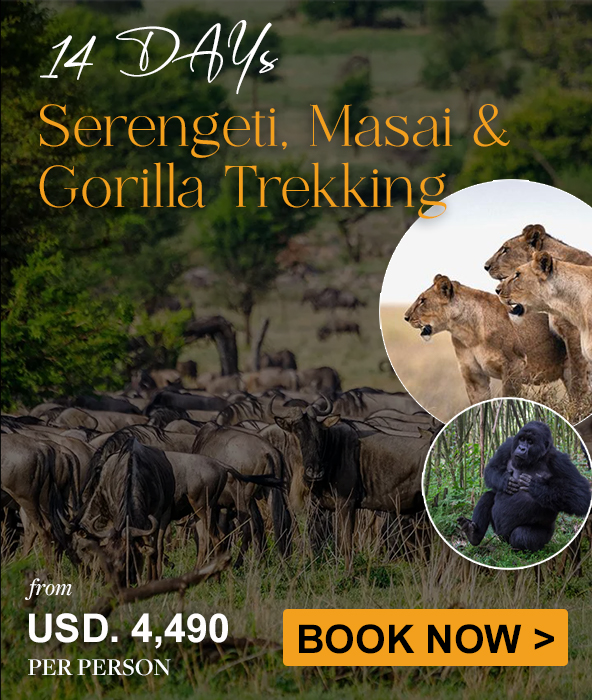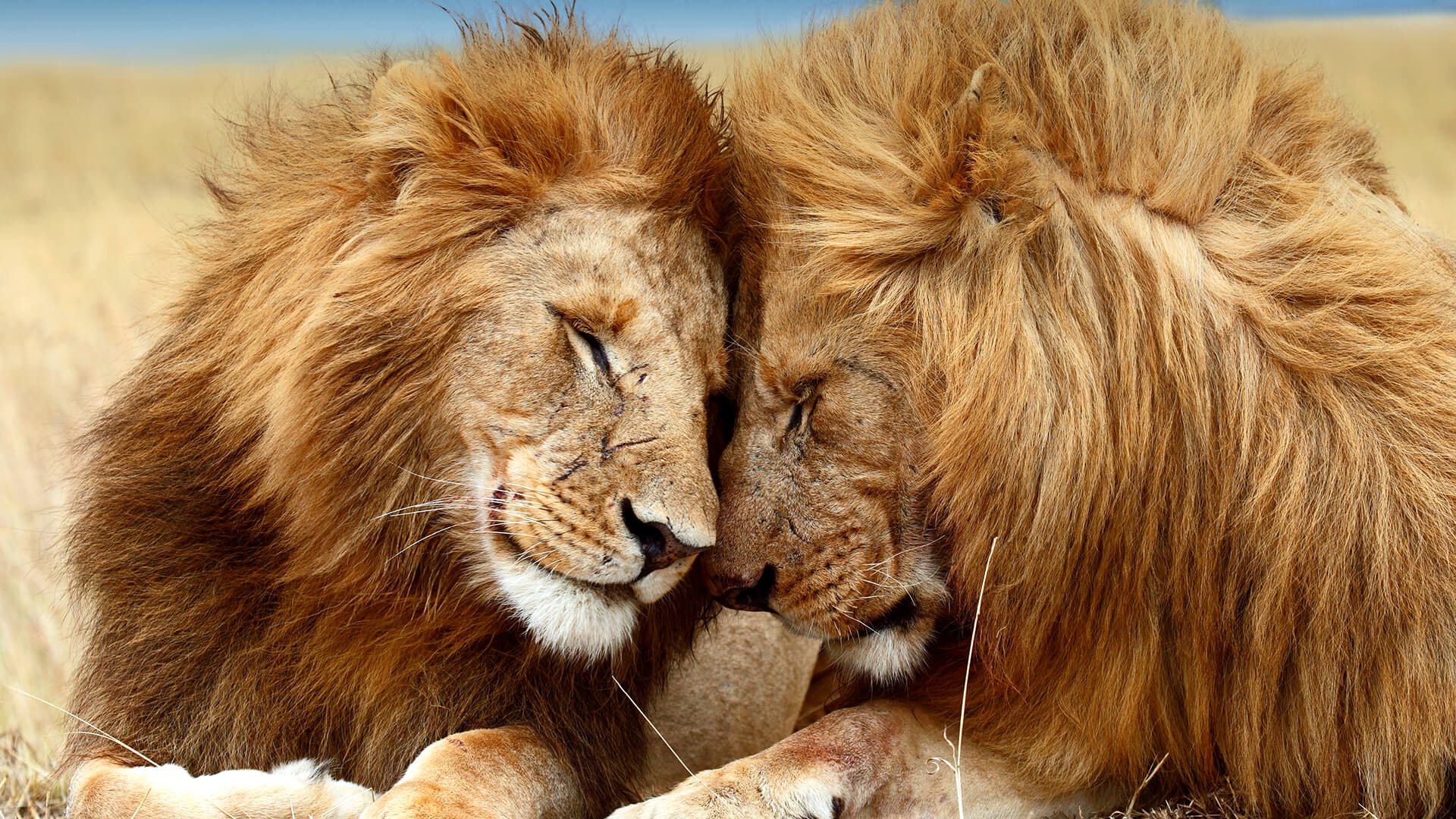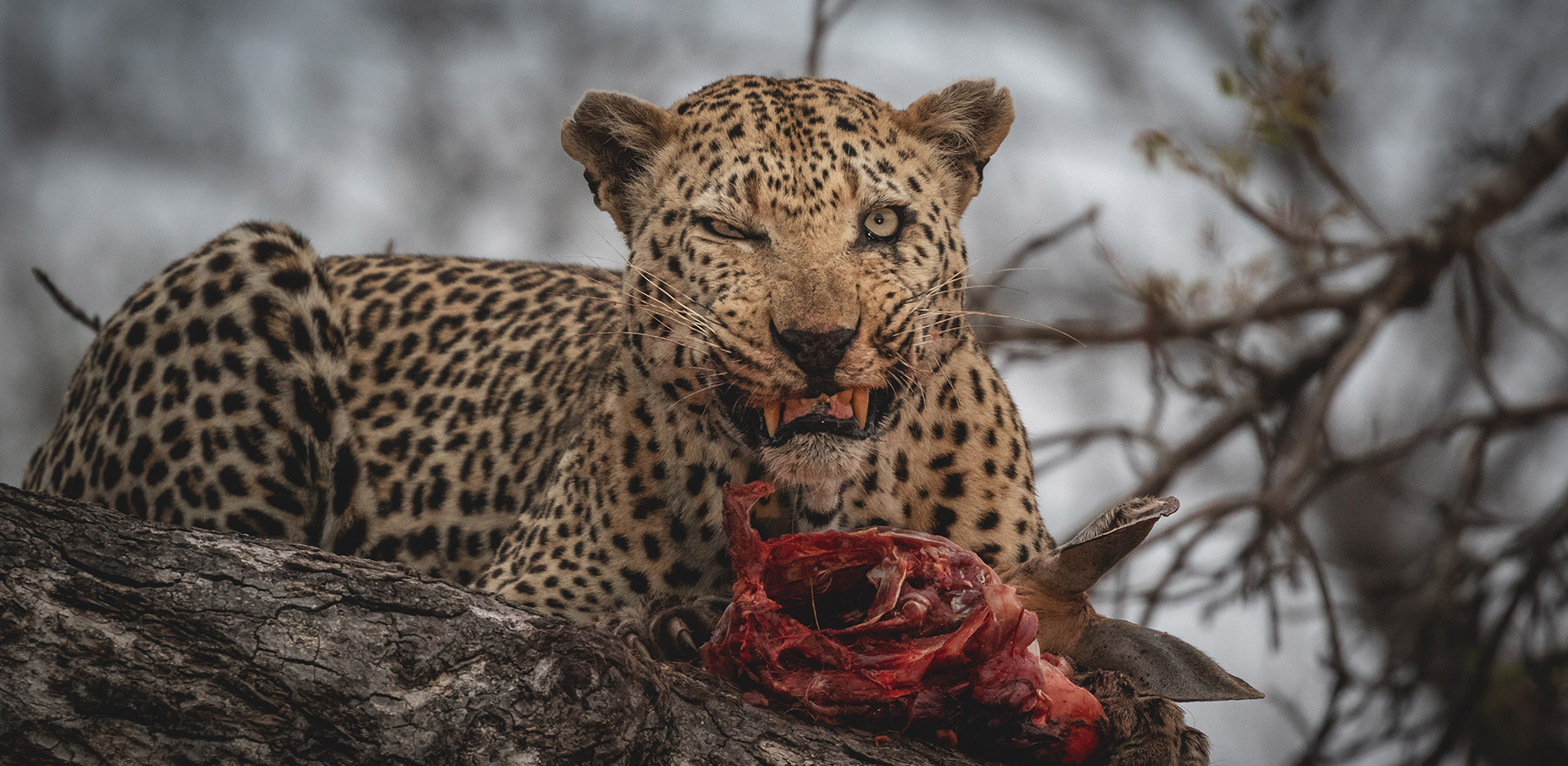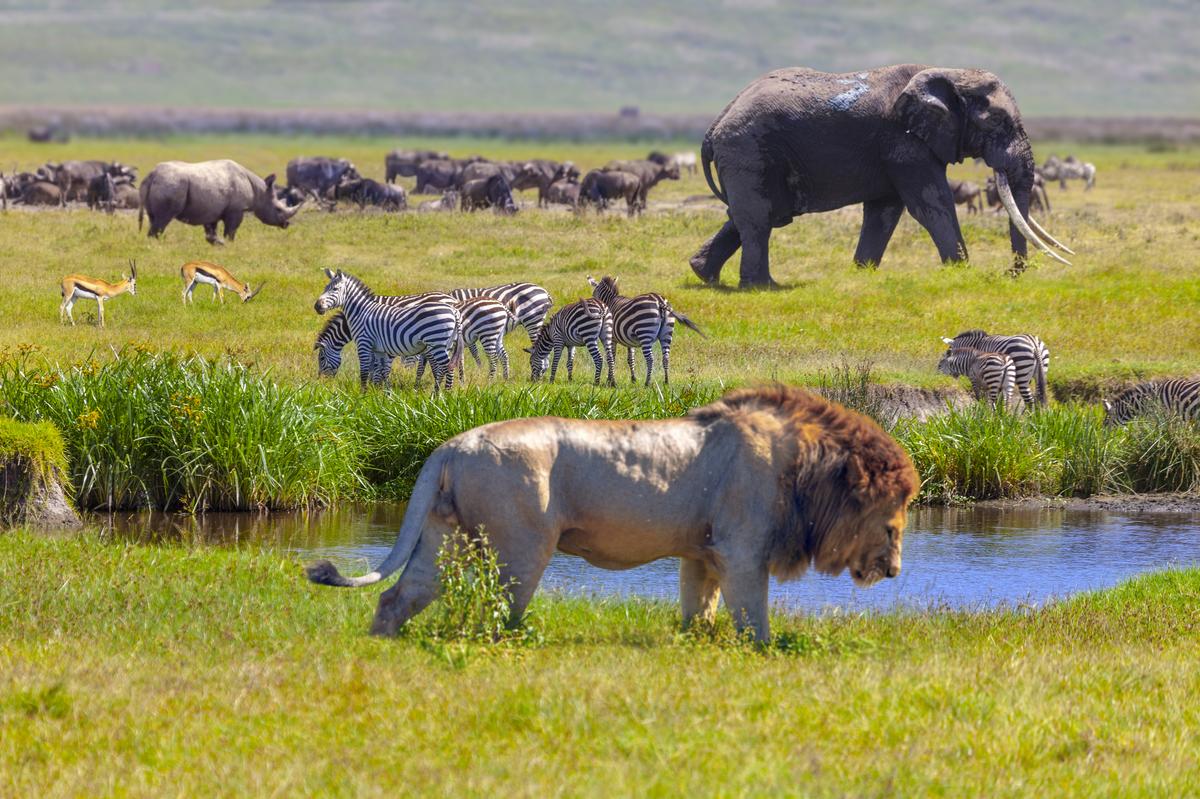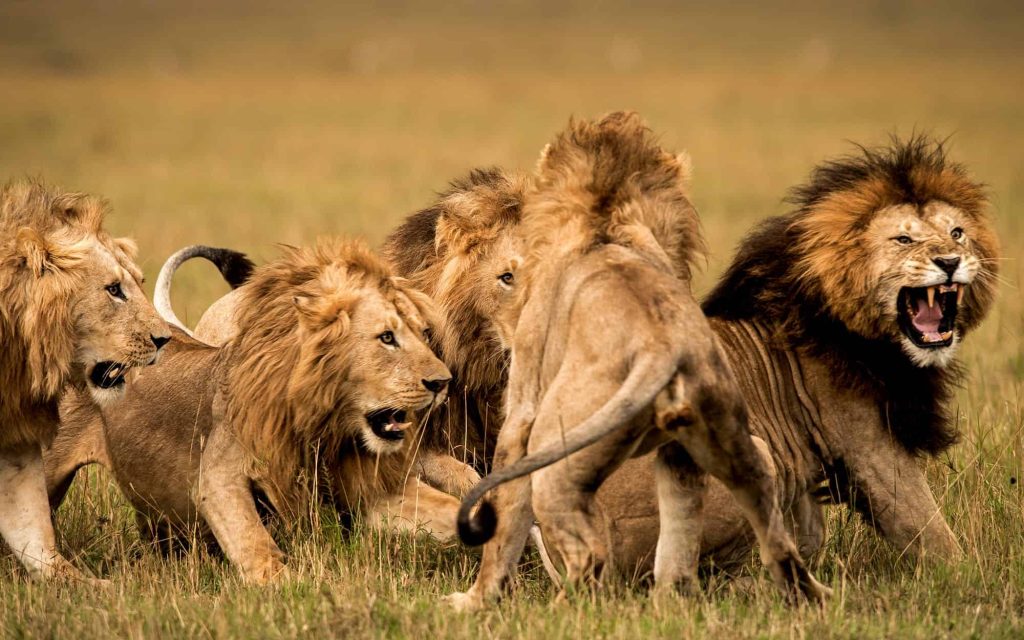Serengeti Safaris Experiences
that rewilds souls and enhances lives while saving wildlife and wild spaces.
Serengeti Lion Safaris | Serengeti Safari Holidays & Trips
Serengeti Safaris — Picture yourself sipping coffee as golden light spills across an endless plains of silence, massive wilderness and authentic African feelings.
Untamed. Authentic. African
A Serengeti safari isn’t just a holiday—it’s a full-body reset. One moment, you’re shaking off jet lag; the next, you’re in the passenger seat of an open-roof 4×4, the early sun warming your face as giraffes stroll through a curtain of morning mist. You feel the air change—crisp, earthy, and buzzing with the sounds of birds that sound like glass wind chimes. When a lion’s low growl rumbles through the stillness, it’s not fear you feel—it’s awe.
You look around and realize: this isn’t a zoo. There are no fences. Just the raw, open savanna stretching in every direction. And suddenly, “Did you see that?” becomes your most-used phrase. Your camera struggles to keep up with your heart rate, and even silence feels louder here.
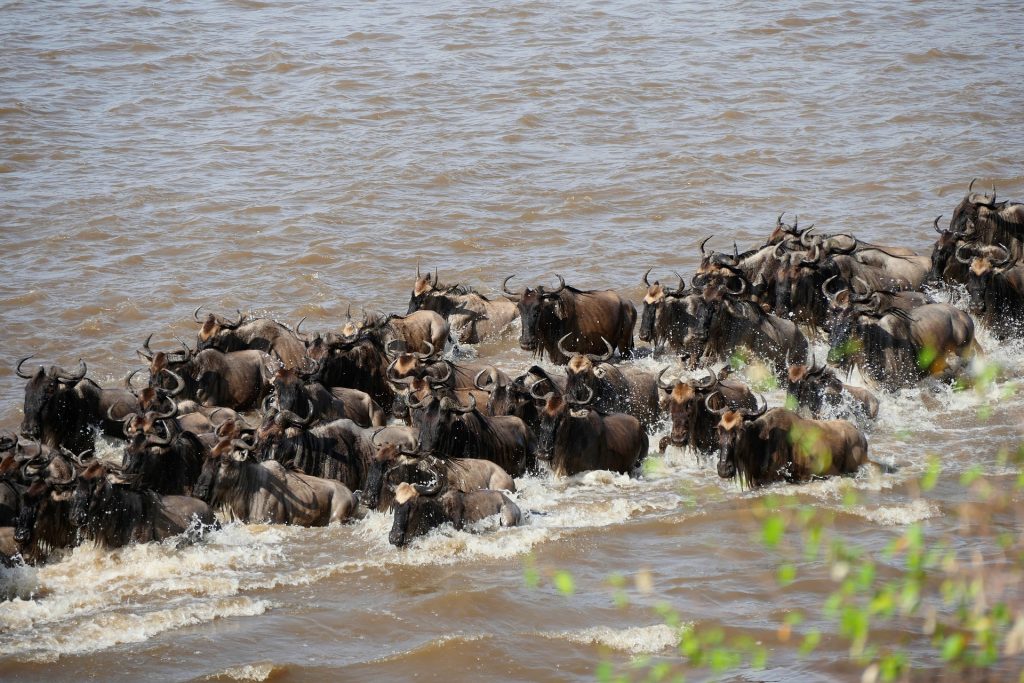
Epic Migration Quest: 7-Day Serengeti Safari
Private Safari
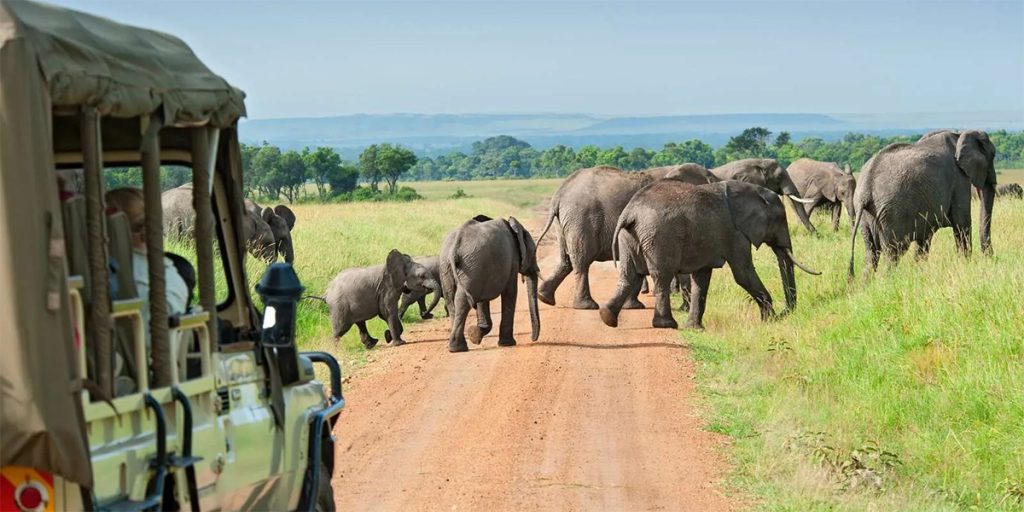
Tarangire Day Trip
Private Safari
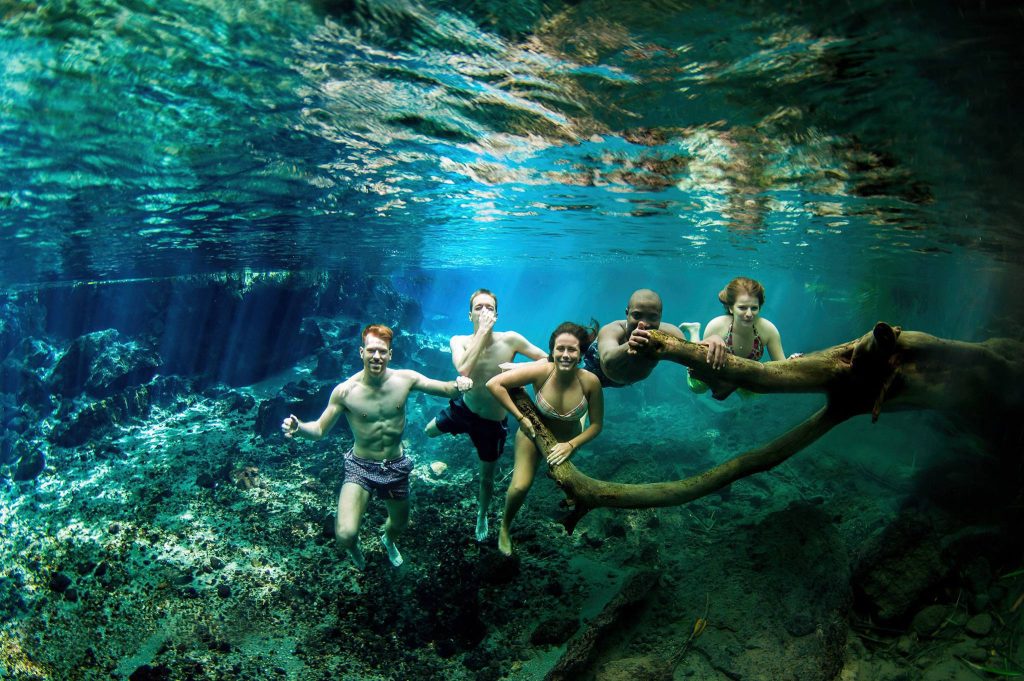
Chemka Hot Springs Day Tour
Private Safari
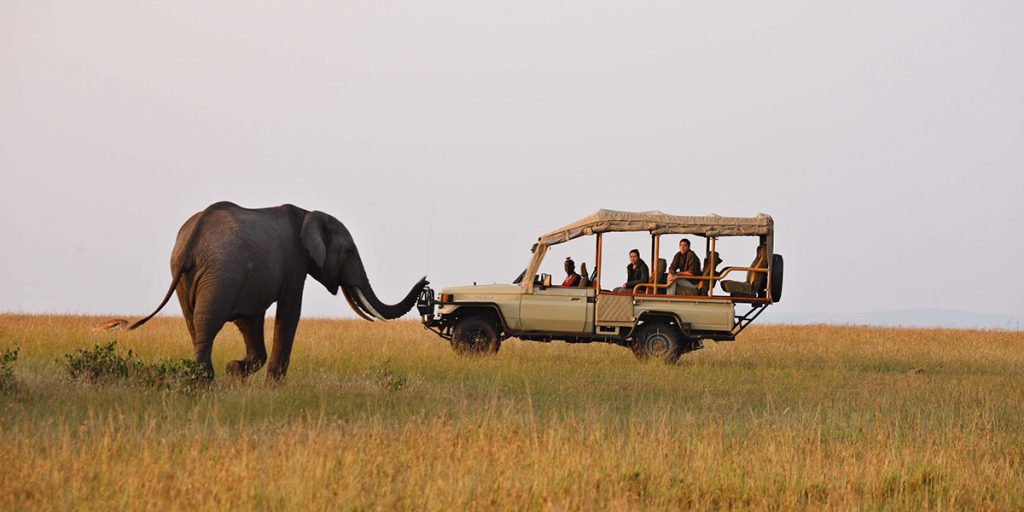
7-Day Ngorongoro, Serengeti & Mikumi Safari
Private Safari
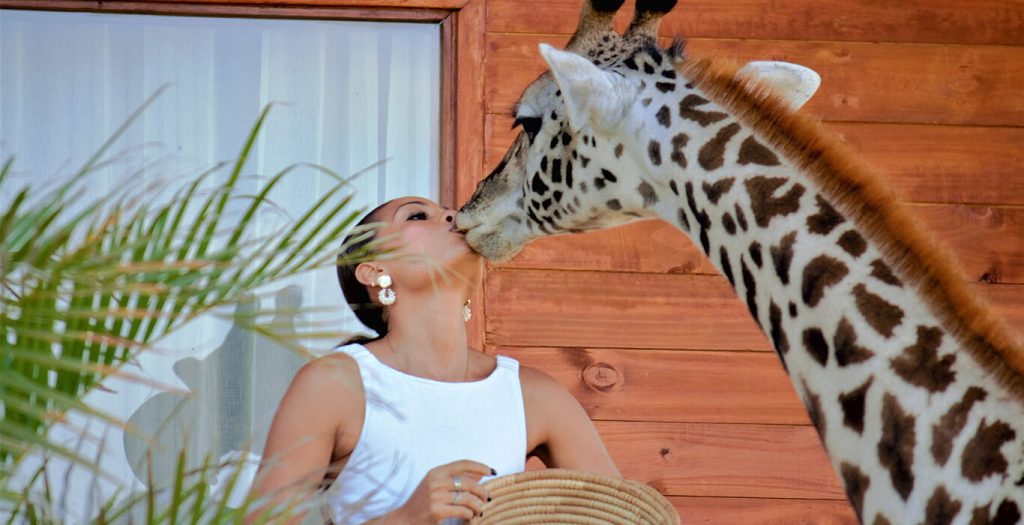
Serval Wildlife One-Day Escape
Private Safari
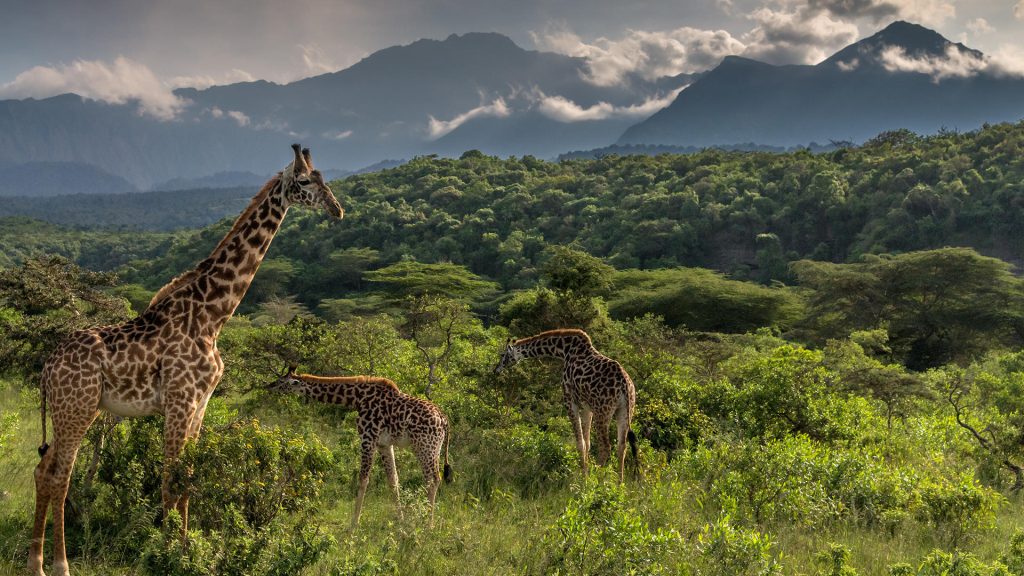
11-Day Kenya & Tanzania Safari– Where the Wild Runs Wide
Private Safari
Why Visit the Serengeti?
Front-row to the Great Migration
Every year, over 1.5 million wildebeest and 200,000 zebras thunder across the plains in search of greener pastures. Imagine watching this mass movement unfold before your eyes—hooves pounding, dust rising, and crocodiles lurking in the muddy Mara River. Your guide cuts the engine so you can hear them breathe. When they charge across the river, you forget to blink. It’s not a scene—it’s a spectacle. And you’re not just watching it, you’re inside it.
The Big Cats of Africa, up close
On a sunlit rock, a lion pride sprawls like royalty, tails flicking lazily. Moments later, a cheetah bursts from the tall grass, locked on a gazelle. The Serengeti has one of the highest concentrations of predators in the world. Here, “cat nap” doesn’t mean sleep—it means reaching for binoculars and holding your breath as the hunt unfolds.
Skies that swallow you whole
Sunrises here come slowly, flooding the plains with tangerine light. Sunsets pour deep red into the grass. Then night falls hard and fast, revealing a ceiling of stars you haven’t seen since childhood. You catch yourself whispering, because the silence around you is that big.
A Taste of Maasai Culture
You step into a manyatta—a traditional Maasai homestead—and are greeted by warriors in bright red robes. Their jumping dance shakes the dust, and when a smiling elder shows you how to bead a bracelet, you fumble, laugh, and feel instantly welcome. It’s not a staged moment—it’s a short but powerful glimpse into a living culture.
Best Time to Visit the Serengeti
June to October (Dry Season)
Cool mornings and clear skies make this the best time for wildlife viewing. Animals cluster around waterholes, and the Mara River crossings begin in the north. It’s peak safari season, so book early if you want prime locations.
November to March (Green Season)
Afternoon rains paint the plains neon green. This is calving season in the south, especially near Ndutu, where baby wildebeest wobble beside their mothers—and predators follow closely behind. Birdlife is phenomenal, and crowds thin out.
April to May (Long Rains)
It’s quiet, wild, and wildly beautiful. Thunderclouds roll over the horizon, and the savanna explodes with color. You’ll have the park to yourself—but be ready for muddy tracks and sudden storms. This is photographer heaven but bring a poncho.

Ruth A. Flora
You can showcase a client review here. Make it nice and short, then use this button to send them to your reviews or services page.
EXPLORE SERENGETI WITH US
Embark on a deeply transformative experience
The wild is waiting but, it will keep moving with or without you. The earlier, the better, the wilder, the African it is.
Make the most of our adventures and experience the very best Serengeti has to offfer curious to read more!
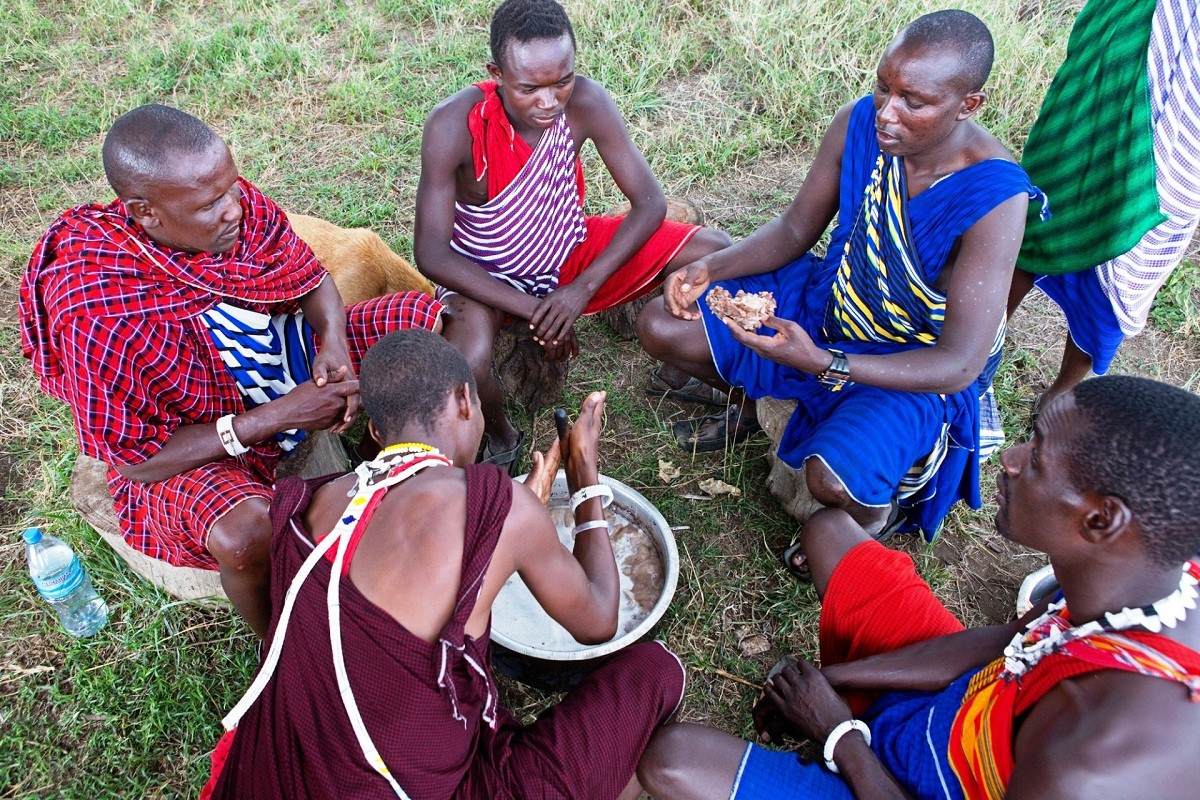
Dragos Andrei Atudorei
I gave it my all to make this the best design to start from. I named it Hope, in honor of my client who inspired me to make it – her middle name is Hope.
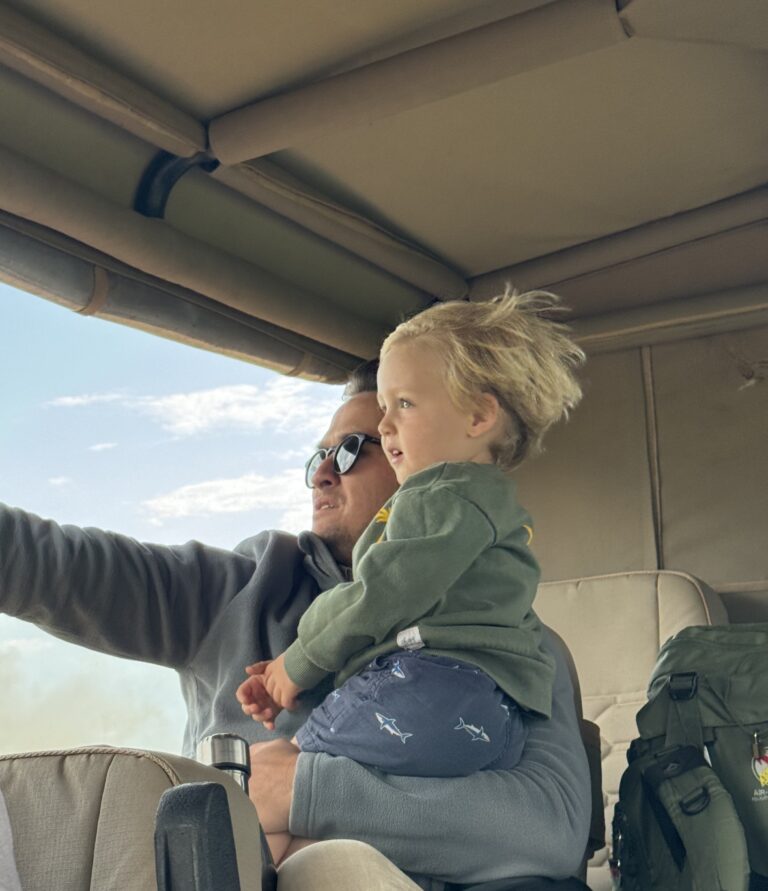
Dragos Andrei Atudorei
I gave it my all to make this the best design to start from. I named it Hope, in honor of my client who inspired me to make it – her middle name is Hope.
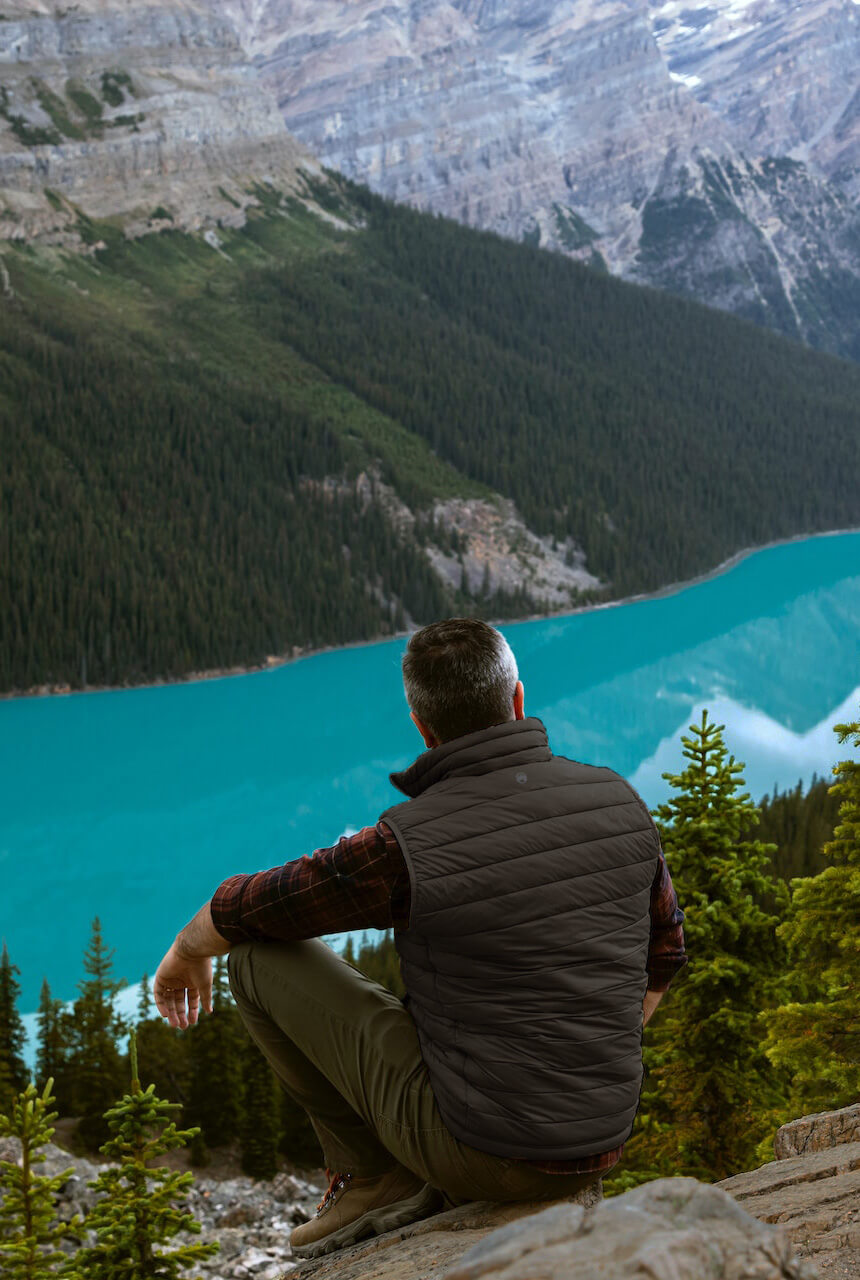
Dragos Andrei Atudorei
I gave it my all to make this the best design to start from. I named it Hope, in honor of my client who inspired me to make it – her middle name is Hope.
Dragos Andrei
Atudorei
Location
The Serengeti sits in northern Tanzania, brushing up against Kenya’s Maasai Mara. Roughly the size of New Jersey, it’s a place where acacia trees replace road signs and elephants cross the horizon like slow-moving ships. The central region—Seronera—is the beating heart of the park, with rivers, plains, and rocky outcrops that act as natural gathering points for wildlife.
How to Get There
- International flight to Kilimanjaro International Airport (JRO)
Fly in from Europe, the Middle East, or East Africa. You’ll land beneath snow-capped Mount Kilimanjaro, and your safari begins soon after.
- Transfer to Serengeti by air or road
Fly-in (recommended): A short scenic bush flight takes you directly to one of the park’s airstrips. Within minutes, you could be watching elephants during your transfer to camp.
Drive-in (adventurous): From Arusha, it’s a 6–8-hour drive through Tanzania’s heartland. You’ll see roadside giraffes, banana markets, dusty villages—and maybe stop for a samosa while a zebra grazes nearby.
Safari operators handle all logistics, so you don’t need to juggle transfers or permits.
Experience the untamed Serengeti
Tell us your Serengeti plans and we shall make that dream come to reality.
Top Safari Destinations
Lorem ipsum dolor sit amet, consectetur adipiscing elit. Ut elit tellus, luctus nec ullamcorper mattis, pulvinar dapibus leo.
Serengeti Lions Safaris
Serengeti Lions Safari puts you face-to-face with Africa’s most storied predators. Picture dawn breaking over gold-brushed grass as a pride pads past your vehicle, breath fogging in the cool light, cubs batting tails like kids on a school run. Ten minutes later the plains heat up, and the lions sprawl in tree shade, paws bigger than dinner plates, amber eyes half-closed yet alert to every rustle. This journey turns textbook facts into heart-thumping reality.
Lions can be easily seen in every corner of the Serengeti, from the kopjes that rise like granite islands to the short-grass runways of Ndutu. A single game drive can switch scenes from a hunting coalition ghosting through waist-high grass to a tender grooming session where a mother licks dust from her cub’s ears. No documentary matches the sound of that first rasping roar echoing through the night outside your canvas walls.
Serengeti hosts the planet’s largest lion population—about 3 000 cats. Territories overlap the migration route, so you may watch lions strategies around a 10 000-strong wildebeest buffet. Prides span up to twenty members; observing their hierarchy, teamwork, and playful cub chaos rewires any notion of “king of beasts” clichés into something far more nuanced and gripping.
First-Time Safari Tips
Dress for the day, not the calendar
Mornings are cold—think hoodie or light jacket. By midday, you’ll be sweating in a T-shirt. Layers are your best friend. Stick to neutral tones (khaki, green, brown) to blend in and avoid attracting flies.
Plan game drives like a pro
Wildlife follows a rhythm—early morning and late afternoon are the best times to see action. Two game drives a day give you the best chance to catch a hunt, a river crossing, or a lazy leopard stretching at sunset.
Binoculars make the safari
You don’t need a giant camera lens—but you do need good binoculars. A compact 8×42 pair can turn a distant cheetah into a crystal-clear moment you’ll never forget.
Say yes to the hot air balloon
It’s not just a ride—it’s a memory stitched into sunrise. Floating silently over the plains, watching herds from above, ends with a champagne breakfast in the bush. Worth every penny.
Respect the distance
Your guide knows when it’s safe to approach and when it’s time to stay back. Listen. That lion might look lazy until it isn’t.
Tips go a long way
Bring small dollar bills. Tip your driver-guide, porters, and camp staff. It’s customary, appreciated, and keeps spirits high.
Unplug on purpose
You won’t have Wi-Fi everywhere, and that’s a gift. Trade your screen for stars. Talk by the fire. Let the silence stretch.
Side tip:
Serengeti safaris aren’t just trips—they’re something that shifts how you see the world. Long after you fly back home and settled into your regular routine, you’ll find yourself remembering the rustle of grass, the thunder of hooves, and the way the sun broke across the horizon that first morning. And you’ll realize you weren’t just a visitor in the Serengeti—you were part of its wild rhythm, if only for a few unforgettable days.
Serengeti Accommodation Guide
Serengeti Accommodation Guide
When it comes to staying in the Serengeti, your bed can be anything from a simple canvas tent under a billion stars to a private glass-fronted suite where elephants wander past your plunge pool.
Whether you’re a rugged adventurer, a romantic soul, or a comfort-seeker, there’s a space for you in this wild place.
Whether you fall asleep listening to hyenas outside your canvas tent or sip wine on a private terrace as elephants pass by, the wild will reach you. The animals don’t care whether you came in hiking boots or heels—out here, your part of the rhythm either way.
The Serengeti is split into four key safari regions:
- Central Serengeti (Seronera) – wildlife hub, great all year round
- Northern Serengeti (Kogatende, Lobo) – best for migration river crossings (July–October)
- Southern Serengeti (Ndutu) – calving season hotspot (December–March)
- Western Corridor (Grumeti) – remote, seasonal, migration passes through (May–July)
- Camping Accommodation (Public or Special Campsites)
If you’re up for adventure, this is the rawest, most authentic way to experience the Serengeti. Think dome tents, campfire dinners, and hyenas whooping as your lullaby. You’ll need a guide, cook, and gear—usually arranged through your tour operator.
What to Expect:
This is raw, no-frills safari living—ideal for adventurers and backpackers. Expect dome tents, sleeping bags, shared toilet blocks, and a true immersion in the wild. Meals are cooked over open fires, and nights echo with lions in the distance. It’s basic, yes—but completely unforgettable. Most travellers book this through a tour company that provides gear, a cook, and a guide.
Expected Cost:
$150–$250 per person/night (includes park fees, camp setup, meals, guide)
Central Serengeti (Seronera)
Nyani Public Campsite – basic but popular; has toilets, cold showers, and a constant flow of passing wildlife.
Pimbi Campsite – slightly quieter, nestled near kopjes and great for lion sightings.
Tumbili Campsite – close to Seronera HQ, perfect for budget travellers on group tours.
Northern Serengeti (Kogatende, Lobo)
Lobo Campsite – perched on a hill with stunning views and good privacy.
Bologonja Campsite – rarely crowded, excellent for adventurous travellers.
Kogatende Special Campsite – for tour operators with private setups during migration season.
Southern Serengeti (Ndutu)
Ndutu Public Campsite – excellent for calving season, basic but close to action.
Naabi Hill Campsite – views of vast plains, and near the entrance gate.
Matiti Campsite – quiet and close to woodland—great for spotting leopards.
Western Corridor (Grumeti)
Nyasirori Campsite – near the Grumeti River, ideal for seeing crocs and hippos.
Kirimat Campground – remote, peaceful, and usually uncrowded.
Ruwana Campsite – basic site close to game-drive routes during the migration.
- Budget Accommodation
For travellers who want basic comfort without breaking the bank. These lodges often offer en-suite bathrooms, good food, and real beds—minus the luxury price tag.
What to Expect:
Think of this as safari on a shoestring—with a mattress. You’ll sleep in basic tented camps or stone lodges with en-suite bathrooms, mosquito nets, and decent meals. No luxury extras, but warm hospitality, decent beds, and working hot showers make it very comfortable for the price. Great for solo travellers, students, or anyone prioritizing wildlife over facilities.
Expected Cost:
$220–$300 per person/night (includes accommodation, meals, and some game drive options)
Central Serengeti
Seronera Wildlife Lodge – built into a rock outcrop, affordable and scenic with an old-school safari feel.
Into Wild Africa Camp – comfortable tents with hot showers and a prime wildlife location.
Mapito Tented Camp – traditional-style tents near Ikoma Gate, good value and close to game drive routes.
Northern Serengeti
Lobo Wildlife Lodge – simple stone-built rooms with wide views over migration routes.
Mara River Camp – Budget Tents – set near the famous crossing point; basic but thrilling during peak season.
Ang’ata Migration Camp North – seasonal and budget-friendly, pitched near the Mara River.
Southern Serengeti
Ndutu Safari Lodge (Budget Wing) – rustic but clean stone cottages, excellent access to calving areas.
Ndutu Heritage Camp – Budget Tents – seasonal and well-placed for predator sightings.
Zebra Safari Lodge – affordable bush experience, good for overland safaris.
Western Corridor
Ikoma Safari Camp – between the Grumeti River and Central Serengeti; good value with simple tented rooms.
Robanda Safari Camp (Budget Units) – outside the park but close to the action, offers sunset views.
Grumeti View Camp – budget tents with bush showers and a communal vibe.
- Standard Accommodation (Mid-range)
A perfect balance of comfort, location, and price. Great for couples, solo travellers, or families wanting a real safari feel with modern comforts.
This is the sweet spot for most travellers—comfortable, authentic, and close to nature without sacrificing a proper bed, private bathroom, or warm shower. Expect spacious walk-in tents, daily housekeeping, and sometimes even Wi-Fi and solar lighting. Meals are fresh and well-prepared, and camps are typically located in wildlife-rich areas.
Expected Cost:
$300–$550 per person/night (includes full board, guiding, and sometimes limited drinks or laundry)
Central Serengeti
Kubu Kubu Tented Lodge – permanent tents with great food and elevated decks. Stylish but not over-the-top.
Serengeti Heritage Camp – spacious tents with warm hospitality; excellent location for game drives.
Suenos de Africa – boutique tented lodge with local design elements and solar power.
Northern Serengeti
Mbugani Migration Camp – seasonal camp near Mara River with excellent viewing opportunities.
Chaka Camp (North) – mobile tented camp that follows the herds; incredible guiding and hospitality.
Mara Under Canvas – a reliable mid-range camp located right in the thick of migration action.
Southern Serengeti
Ndutu Kati Kati Camp – mobile tented camp with private bathrooms and great guiding.
Ang’ata Migration Camp South – excellent placement for the calving season, with friendly staff.
Serengeti View Camp – Ndutu – mid-range with en-suite tents and great bush meals.
Western Corridor
Grumeti Migration Camp – set deep in the corridor; great for viewing the seasonal movement.
Kirawira Serena Camp (Standard Rooms) – charming colonial-style tents, a step above budget but below full luxury.
Speke Bay Lodge – located near Lake Victoria, offers a cultural touch along with safari.
- Luxury Accommodation
High-end lodges and tented camps with top-notch service, fine dining, and breathtaking settings. Perfect for honeymooners, photographers, or those looking to splurge on a once-in-a-lifetime trip.
What to Expect:
This is where comfort meets wilderness. Expect plunge pools, fine dining, open-air bathtubs, and even private butlers. You’ll have glass-fronted suites, gourmet menus, and prime access to top wildlife areas. The service is world-class, and every detail—from thread count to sundowners—is taken seriously. Ideal for honeymooners, high-end travellers, or anyone looking for total escape in style.
Expected Cost:
$650–$2,000+ per person/night (includes game drives, meals, premium drinks, laundry, and VIP services)
Central Serengeti
Four Seasons Safari Lodge Serengeti – full luxury with infinity pools, spa, and watering hole views.
Elewana Serengeti Pioneer Camp – vintage-style glamour with modern indulgences.
Melia Serengeti Lodge – eco-luxury property with panoramic views and gourmet dining.
Northern Serengeti
Sayari Camp (Asilia) – award-winning luxury with Mara River access, known for elegance and guiding.
Serengeti Bushtops – massive luxury tents with hot tubs and fine wine lists.
Lemala Kuria Hills Lodge – glass-fronted suites, plunge pools, and migration views.
Southern Serengeti
Sanctuary Kusini Camp – remote luxury in the calving zone, with star-gazing platforms.
Mwiba Lodge – ultra-exclusive, perched above a river gorge with total privacy and style.
Ndutu Under Canvas – Luxury Wing – mobile but high-end, tracking the migration in comfort.
Western Corridor
Singita Sasakwa Lodge – stately manor-style lodge with private pools and world-class service.
Sabora Tented Camp (Singita) – 1920s expedition-style luxury reimagined with modern touches.
Grumeti River Lodge (andBeyond) – riverside opulence with bold design and immersive wilderness.
Side note:
Whether you’re unzipping a tent to the sound of nearby hippos or pouring a glass of wine in your private plunge pool while giraffes stroll past, the Serengeti has a bed for every kind of traveler. What they all share is front-row access to one of the wildest, most cinematic landscapes on Earth.
So whether you’re camping beneath the stars or tucked into a king-sized bed with a view of lion country, the Serengeti always delivers more than a room—it delivers a feeling.
Serengeti Safaris FAQ
- So…what is the Serengeti, anyway?
Picture a grass ocean that rolls on longer than a Sunday road trip—golden plains, rocky kopjes like giant dropped marbles, and animals everywhere you turn. That’s the Serengeti, stretching across northern Tanzania and nudging up against Kenya’s Maasai Mara. More than 30,000 square kilometers hold everything from prowling lions to skittish dik-diks.
What makes this place legendary is the Great Migration. Imagine 1.5 million wildebeest with zebra and gazelle wingmen, churning up dust as they chase fresh grass and dodge hungry jaws. It’s nature without a script, raw and loud and utterly addictive.
Add the Big Five, soaring secretary birds, and sunsets so wide they swallow your thoughts, and every game drive feels like stepping straight into a David Attenborough scene.
- When’s the sweet spot to go?
First decide what sparks your wanderlust. Dreaming of those nail-biting river crossings? July to October, up north by the Mara River, is prime time—hooves splash, crocs lurk, cameras click.
If you love lush green backdrops and newborn calves finding wobbly legs, aim for January to March around Ndutu. Fewer jeeps, dramatic skies, and lion cubs practicing their pounces are the bonus prizes.
April and May come with rain and muddy tracks, but rates drop and the savanna feels like it’s yours alone. Pack patience, a good 4×4, and a willingness to trade blue skies for raw solitude.
- Is it safe out there?
Yes—as long as you treat wildlife like, well, wildlife. Guides know the drill and lodges run tight safety ships. Stay seated, keep your voice down, and resist any urge to pet a lion cub (they bite).
Health-wise, update your vaccines, pop your malaria pills, sip only treated water, and travel with a reputable operator who’s ready for the “just in case” moments you hope never happen.
- What animals will I actually see?
Lions snoozing under acacias, elephants rumbling past your jeep, wildebeest queuing in unending lines—those are the headliners. Look closer and you’ll catch cheetahs on lookout mounds, hyenas giggling at dawn, hippos arguing in muddy pools, and crocs sunbathing like scaly bouncers.
Bird-watchers, bring binoculars: 500-plus species show off here. Lilac-breasted rollers flash neon wings, vultures spiral over fresh kills, and lanky secretary birds strut like office managers late for a meeting.
- How many days feel “just right”?
Give the Serengeti at least three full days—five if you can swing it. The park is vast, animals move on their own schedule, and every extra dawn ups your odds of witnessing a chase or a rare leopard sighting.
Many safaris hop between regions: Seronera’s year-round action, Ndutu’s baby boom, the north’s river-crossing drama. Drives between them eat daylight, so plan two nights in each area when you can.
- Getting there without losing your mind
Fly into Kilimanjaro International, overnight in Arusha, then choose: a scenic bush flight that drops you beside giraffes, or a classic road trip—six to eight hours of villages, baobabs, and rising anticipation.
Coming off a Zanzibar beach flop-and-drop? Direct flights zip you from white sand to wild plains. Your safari crew sorts every permit and pickup, so you just show up and wonder why real life can’t always be this easy.
- Visas & vaccines—do I really need them?
Most travellers grab an e-visa online (quicker lines at the airport). Yellow-fever proof is only checked if you’re coming from an at-risk country, but malaria pills are smart, and doctors usually suggest tetanus, hep A/B, and typhoid boosters. Chat with your travel clinic six weeks out and pick up travel insurance that covers medical evacuation—better to have it and not need it.
How do lions coordinate a hunt?
Lions hunt cooperatively; females fan out in a broad semicircle, belly-crawling until one bursts forward to spark panic. Flankers exploit confusion, targeting weak or young prey. This teamwork lets relatively slow lions catch swifter zebra and wildebeest. Watching from a respectful distance, you’ll see ear flicks and tiny tail twitches signalling position—body language more efficient than roars.
If wind shifts or prey senses danger, the hunt resets. Lions waste neither energy nor stealth; they simply melt back into grass, amber eyes tracking movements for the next attempt. Patients earn meals. For guests that patience means staying long, cameras ready, engines silent, letting the plains’ quiet tension build into explosive motion.
Night offers a different show: cooler air boosts stamina, and moonlight silhouettes hunts against silver grass. Some concession areas allow thermal-scoped drives—glowing outlines reveal strategies hidden to naked eyes, deepening respect for their calculated prowess.
Why do some Serengeti lions climb kopjes while others lounge in trees?
Kopjes provide elevated vantage points to scan for prey and rivals; the granite warms in sunlight, making perfect nap pads. Central and eastern prides rely on these rocky islands. In more wooded western zones, lions sometimes mimic Manyara behaviour, climbing low-angled acacias to escape flies and heat.
Tree-climbing is learned, not genetic—cubs copy mothers. A pride near Grumeti that adopts the habit can pass it down for generations, while neighbouring lions remain ground-bound. Kopje use is near-universal: every pride will ascend a rock shelf when one lies within territory, turning the landscape into a natural lion observatory for patient safari-goers.
Photographing kopje lions demands distance: engines rumble loud in granite amphitheatres, so guides switch off early and let binoculars do the heavy lifting. The reward? Silhouettes of maned males against dawn that look drawn by charcoal on a giant canvas.
Are male lions always lazy compared to females?
Males sleep long hours, yet their role isn’t idle. They patrol borders, fend off nomadic challengers, and risk injury in clashes that can end quick or bleed for days. Losing a fight means exile and possible starvation—high stakes that justify conserving energy between battles.
Females hunt and rear cubs, clocking more daily kilometres. However, during take-downs of large prey such as buffalo, males often charge first, using mass and mane as shock absorbers against horns. Cubs gain safety and food security from a stable coalition; thus females tolerate the males’ heavy dining share.
Watch closely and you’ll notice subtle affection: a male gently greeting his cubs, tail high; a lioness rubbing her forehead against his mane, reinforcing pride scent unity. These moments soften the stereotype of loafing kings and reveal a complex social structure holding the pride together.
How does the Great Migration affect lion behaviour?
When wildebeest flood the plains, hunting becomes buffet-style. Prides gorge, cub survival rates soar, and territorial skirmishes spike as males try to capture herd crossroads. During lean months, lions shift to resident prey—zebra, buffalo, even warthogs—and expand nightly ranges to compensate.
In river-crossing seasons, predators leverage bottlenecks. Some lie low on sandbanks, ambushing calves scrambling up muddy slopes. Others patrol upstream shallows where exhausted swimmers bunch together. Guides position vehicles downwind and early; you might witness a full-stomach pride snoozing while another downstream starts its stalk.
Dry spells test endurance. Lions conserve energy, hunt cooler nights, and scavenge more keenly from hyena kills. Following a pride across seasons offers a masterclass in flexibility and survival.
How safe are walking safaris near lions?
Walking safaris operate in remote zones with low vehicle density and rely on experienced rangers carrying rifles as last resort. Before setting out, guides educate guests on body language: stay in single file, maintain calm tone, stop when told. Lions usually melt away once they identify human silhouettes on foot—ambush predators prefer surprise, not direct confrontation.
You may only see prints: pad impressions the size of dessert plates, dew claws showing urgency in a chase. Sometimes the hair on your neck rises as guide points to fresh scat still warm. That tingle is primal respect. Rangers read wind, terrain, and bird alarm calls; if they sense proximity, the group detours wide.
Witnessing a lion at walking distance—usually a brief silhouette vanishing into grass—turns fear into awe. Your heart races, yet the professionalism of guides anchors the moment in safety and wonder.
What lens and settings work best for lion photography?
A versatile 100–400 mm covers full-body frames and tight facial detail. Shoot early or late when sidelight carves mane texture; midday shots need fill-flash or silhouettes for drama. Shutter priority at 1/1000 s freezes sprinting cubs, aperture F 5.6 blurs backgrounds behind resting males. Auto-ISO lets you watch behaviour instead of dials.
Keep a beanbag handy—window frames beat tripods in open jeeps. Change lenses in dust-free moments with engine off. Back-up cards nightly; lions at dawn often earn burst-mode sprees that fill memory fast. And remember to look beyond camera: a live roar vibrates chest bones—no photo captures that.
How do prides react to vehicles?
Serengeti lions see jeeps daily and treat them as neutral grey rocks—if you respect space. Sudden movement, loud voices, or blocking paths triggers caution; engines idling quietly soothe. Guides angle vehicles side-on, offering cats predictable outlines rather than looming front grills.
Patience pays: switch off, settle in, and behaviour resumes. Cubs wrestle, adults groom, and, if luck strikes, the hunt restarts yards away. Exiting vehicles is illegal and dangerous; even calm lions can explode at unrecognised shapes.
Responsible tourism keeps habituation healthy—lions ignore jeeps yet maintain natural hunting and territorial instinct. Follow guide cues, rotate viewing spots to prevent traffic jams, and you’ll leave minimal footprint.
Do Serengeti lions face health threats?
Diseases like canine distemper and bovine tuberculosis spill from domestic animals; drought-driven carcass scarcity lowers immunity. Researchers vaccinate nearby dog populations and monitor lion blood for early warning. Climate swings alter prey patterns, forcing longer, riskier hunts.
Poaching snares set for antelope also maim lions; de-snaring teams cut wire daily. Tourism dollars fund these patrols—by visiting, you underwrite field medics, lab tests, and fuel for aerial surveys. Conscientious travellers, meanwhile, aid by choosing eco-certified operators who support conservation bodies.
Resilience defines lions. Prides bounce back if territory remains intact, so landscape preservation outranks even veterinary aid. Supporting corridor initiatives between park and community lands ensures genetic diversity and prey flow long-term.
Can I combine balloon flights with lion tracking?
Absolutely. Balloons launch pre-dawn, rising into peach-coloured skies just as lions finish nighttime business. From 300 m up, you might spot a shadowy pride dragging a wildebeest or scattering vultures from an old kill. Pilots radio ground teams; after landing and champagne breakfast, guides pick you up and weave towards those coordinates.
Balloons drift with wind, offering macro-level context—migration rivers, kopje clusters, game trails etched like arteries—helping ground drives anticipate pride territories. Even if lions hide by the time you arrive, the aerial mosaic sharpens understanding of how they move within such a vast stage.
Bookings fill fast, especially from July to October in the north. Layer warm clothing: dawn air bites, but once sun climbs, reheated thermals offset the chill. Bring wide-angle lens and spare battery—cold drains power mid-flight.
What’s the etiquette for witnessing a kill?
Keep silent, engines off, and respect distance. Adrenaline surges, yet commentary distracts guides, guests, and ultimately the lions. Avoid cheering or expressions that frame the event through human morality; it’s survival, not sport.
Vehicles should stagger, allowing clear escape routes for prey and space for predators. Flash photography ruins night hunts—stick to red-filtered lights if permitted. Moments after the take-down, scavengers appear; staying longer often rewards you with hyena-lion standoffs and jackals darting for scraps.
Witnessing a kill is visceral: dust stings eyes, the metallic scent of blood rides warm air, and roaring drowns heartbeats. Some guests discover limits; guides will drive off if asked. Processing the experience often deepens respect for raw ecological balance—life feeding life so the plains remain a living tapestry.
- What are camps actually like?
Budget sites pitch classic dome tents under star-splashed skies—shared showers, cold beers, and hyenas whooping in the dark. Mid-range tented camps give you an en-suite, hearty meals, and zebras grazing past your deck.
Luxury lodges feel like boutique hotels left on mute in the wild: private plunge pools, tasting-menu dinners, and staff who remember how you like your coffee. Wherever you sleep, the soundtrack is 100 percent Serengeti.
- Solo or duo—does it work?
Totally. Solo travellers slot into group departures to split costs or book private guides for a “choose your own adventure” vibe. Couples chase sunsets with chilled bubbles and swap city noise for lion roars at night. Safari life has a knack for forging fast friendships around the campfire, but you can always retreat to your tent for hush-hush moments.
- Bringing kids—smart move or madness?
Over-fives with a solid attention span usually thrive. Older children turn into junior rangers overnight, trading cartoons for real-time leopard hunts. Some lodges run kids’ programs and shorten drives to keep restlessness at bay. Double-check age rules before booking, then celebrate victories later with beach downtime in Zanzibar.
- What’s this adventure going to cost me?
Ballpark figures per person per day:
Budget: $200–$300
Mid-range: $400–$600
Luxury: $700–$1,500+
Rates cover beds, meals, park fees, wheels, and a guide. Add flights, drinks, tips, and balloon rides on top. To stretch dollars, look at shoulder months (March, November), join a small group, or mix a couple of plush nights with simpler camps. However you slice it, the payoff is pure story fuel—moments you’ll replay long after the passport stamps fade.


